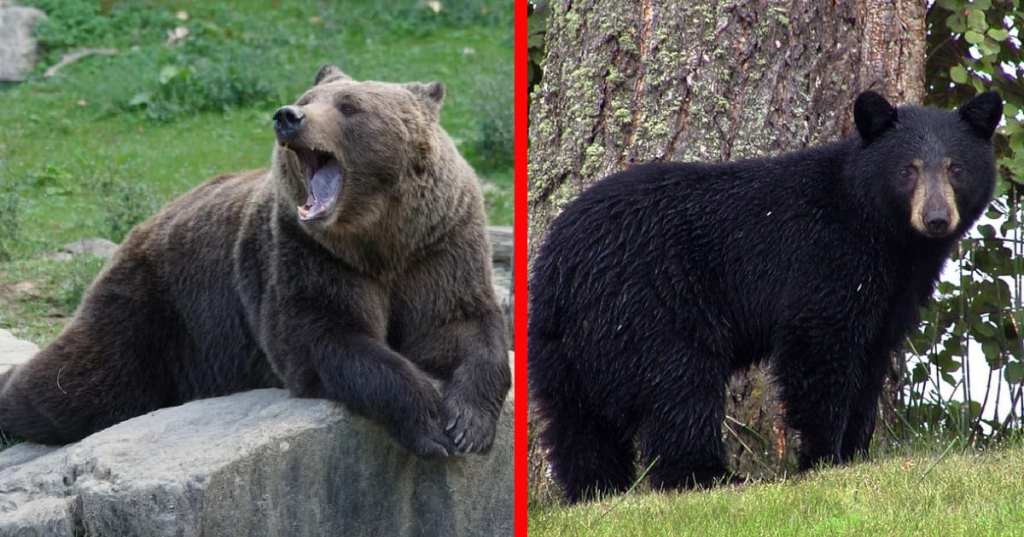Whether you’re someone who spends a lot of time outdoors or someone who has to be dragged, kicking and screaming into the woods, being able to identify potentially dangerous wildlife is always a good skill to have.
And I mean, even if you never go outside, there’s always the zombie apocalypse to consider.
So, without further ado, the differences between brown and black bears – and it’s not (just) the color!
Black bears belong to the species Ursus americanus, and can actually be black, brown, gray, white, or even a blonde color. They reside in North American only, and can be found in the wilds of Canada, Mexico, Alaska, and the contiguous United States.
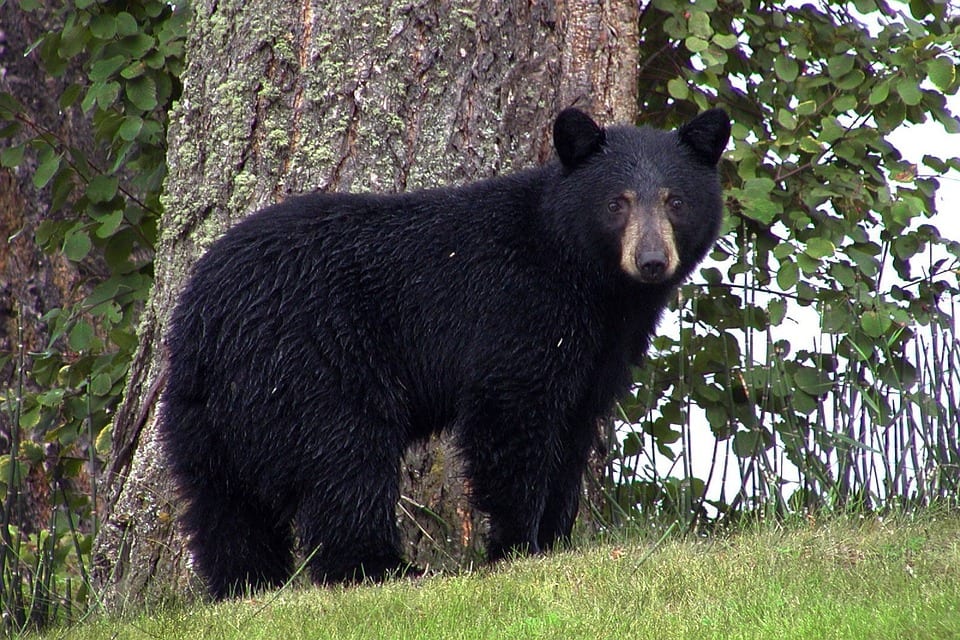
Image Credit: Pixabay
They’re much smaller than their brown bear cousins, standing no higher than 3 feet at the shoulder on all fours, and 5-7 feet when standing straight up. The males weigh around 130-500 pounds, with the females tipping the scales between 90-250 pounds.
There are a few other marked qualities unique to the black bear, such as the tendency to climb trees throughout their lives, straighter, shorter claws that help them do it, and ears that seem long when relative to the size of their bodies.
Alternatively, the brown bear – Ursus arctos – covers more ground in the world, but have lower numbers overall. They’re native to North America and Eurasia, and they’re found from Spain to central Canada. One subspecies was spotted in Africa until the 1970s!
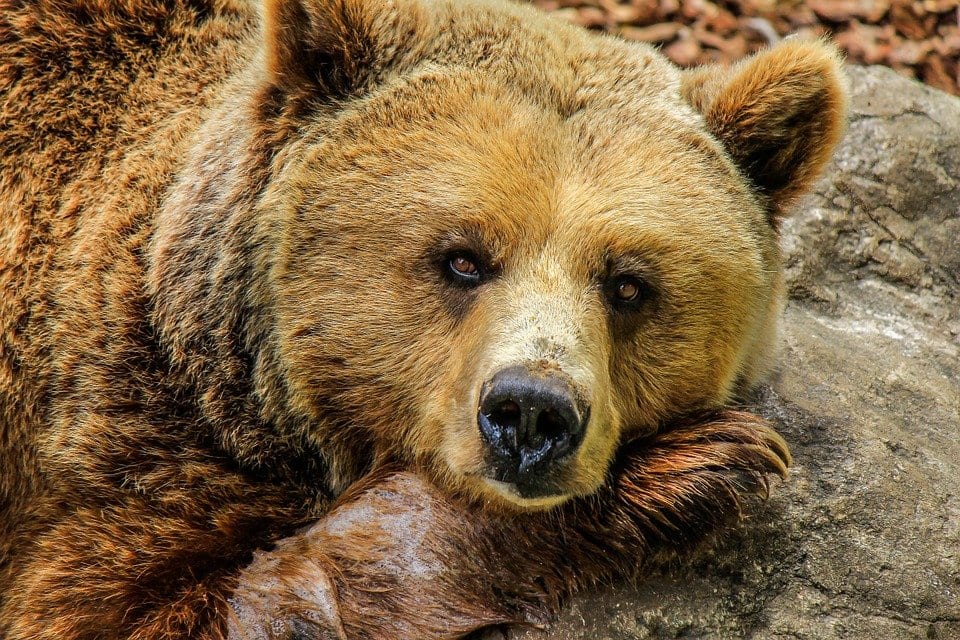
Image Credit: Pixabay
The brown bear has many, many subspecies that include, among others, the iconic grizzly bear. The grizzly once roamed far and wide across North America, but now they’re mostly seen in Alaska and northwestern Canada, with occasional sightings in Montana, Idaho, Wyoming, and Washington State.
The Kodiak bear, found exclusively on Alaska’s Kodiak Archipelago, is also a subspecies of brown bear – and one of the biggest predators that walks the earth. Only the polar bear rivals its size – they weigh up to 1179 pounds at the top of their range.
Grizzly bears weigh between 297-859 pounds, with the females of each type being about 20%-30% lighter overall. Still, both are typically much larger than the black bear.
On all fours, a male brown bear can stand 5 feet at the shoulder, and stretched to their full heights, they can stand over ten feet tall.
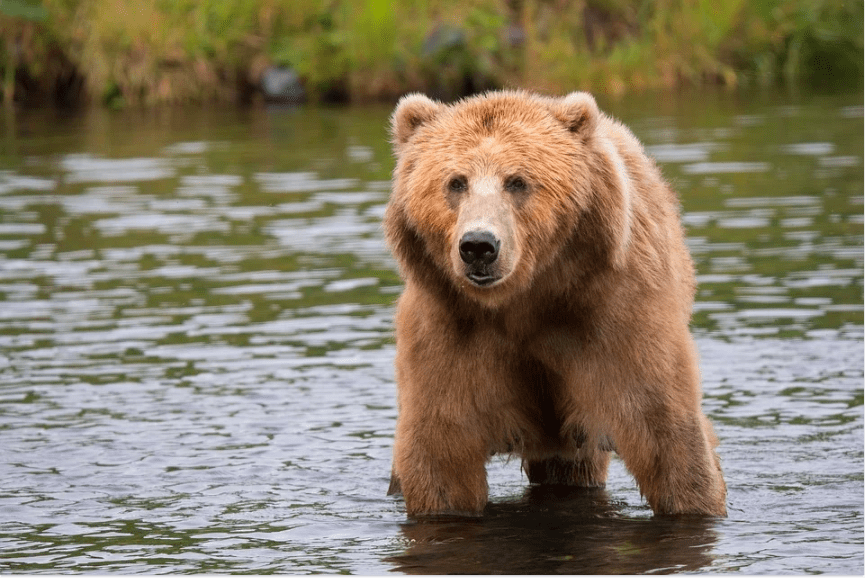
Image Credit: Pixabay
Wow.
Their paw prints are also distinct, with a wider gap between the toes and the pad that sits behind them.
The brown bear is considered more aggressive, though both have been known to maim and kill human beings. Attacks are statistically rare, but you shouldn’t tempt fate by getting too close.
Bears are technically omnivores, and will eat a wide range of both plant and animal materials. The brown bear can hunt much larger prey – and indeed, brown bears have been known to kill and eat black bears, on occasion.
So much for family.
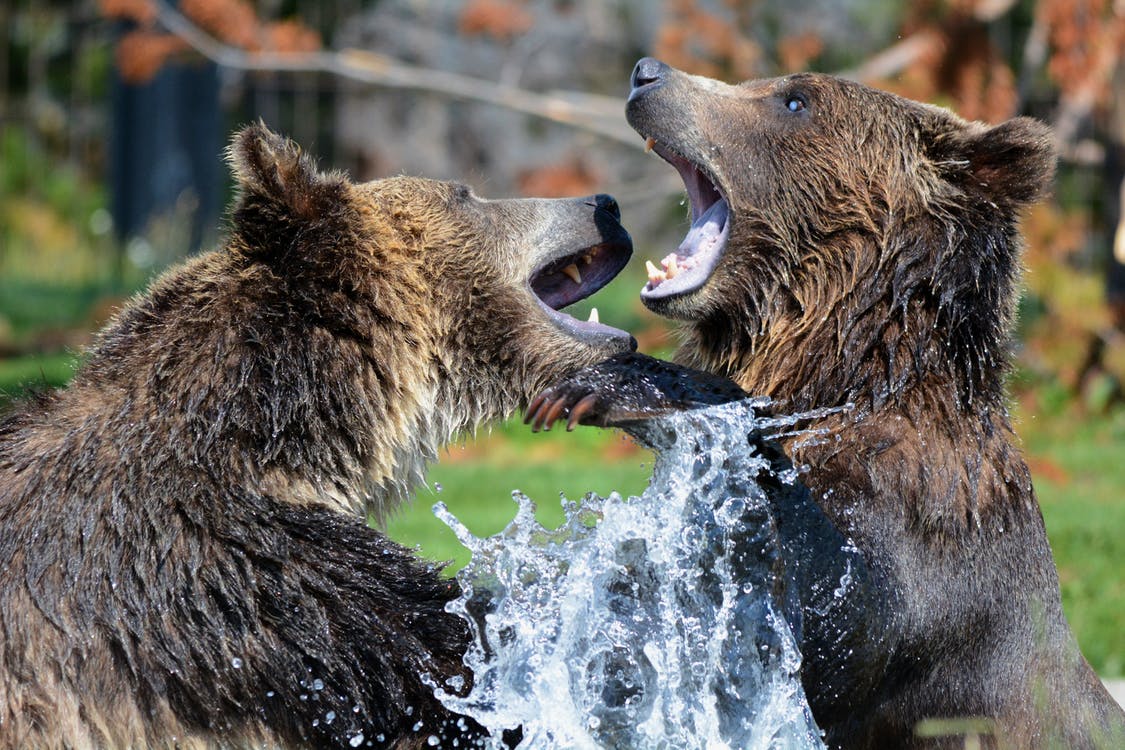
Image Credit: Pexels
The black bears have numbers on their side. There are about 800,000 of them in the wild, compared to an estimated 110,000 brown bears.
Neither are officially endangered or threatened, though the grizzly bear does enjoy federal protection under the U.S. Endangered Species Act.
There you have it! Now you know the basic differences between brown and black bears.
If there’s one thing that’s the same, it’s the fact that they’re bigger and badder than us, so we should continue to give them a wide berth whenever possible!

